What Are the Best Types of Light Fixtures To Install in Your Home?
Good lighting isn’t just for selfies


The right type of lighting can make you look your best, and the right type of light fixtures bring out the best in your home. While it’s tempting to opt for a basic overhead light or floor lamp, taking a little time to find the right lighting fixtures can have a big impact on the style and function of your home. Explore our comprehensive guide to the main types of light fixtures you can use in your home.
| Light Fixture Type | Cost |
|---|---|
| Ceiling lights | $90 – $250 |
| Recessed lights | $125 – $250 |
| Track lights | $100 – $250 |
| Pendant lights | $95 – $250 |
| Chandeliers | $100 – $2,000 |
| Fluorescent lights | $85 – $220 |
| Ceiling fan lights | $100 – $2,000 |
| Under cabinet lights | $20 – $450 |
| Lamps | $135 – $1,250 |
| Outdoor lighting | $2,100 – $4,900 |
| Sconces | $90 – $250 |
1. Ceiling Lights
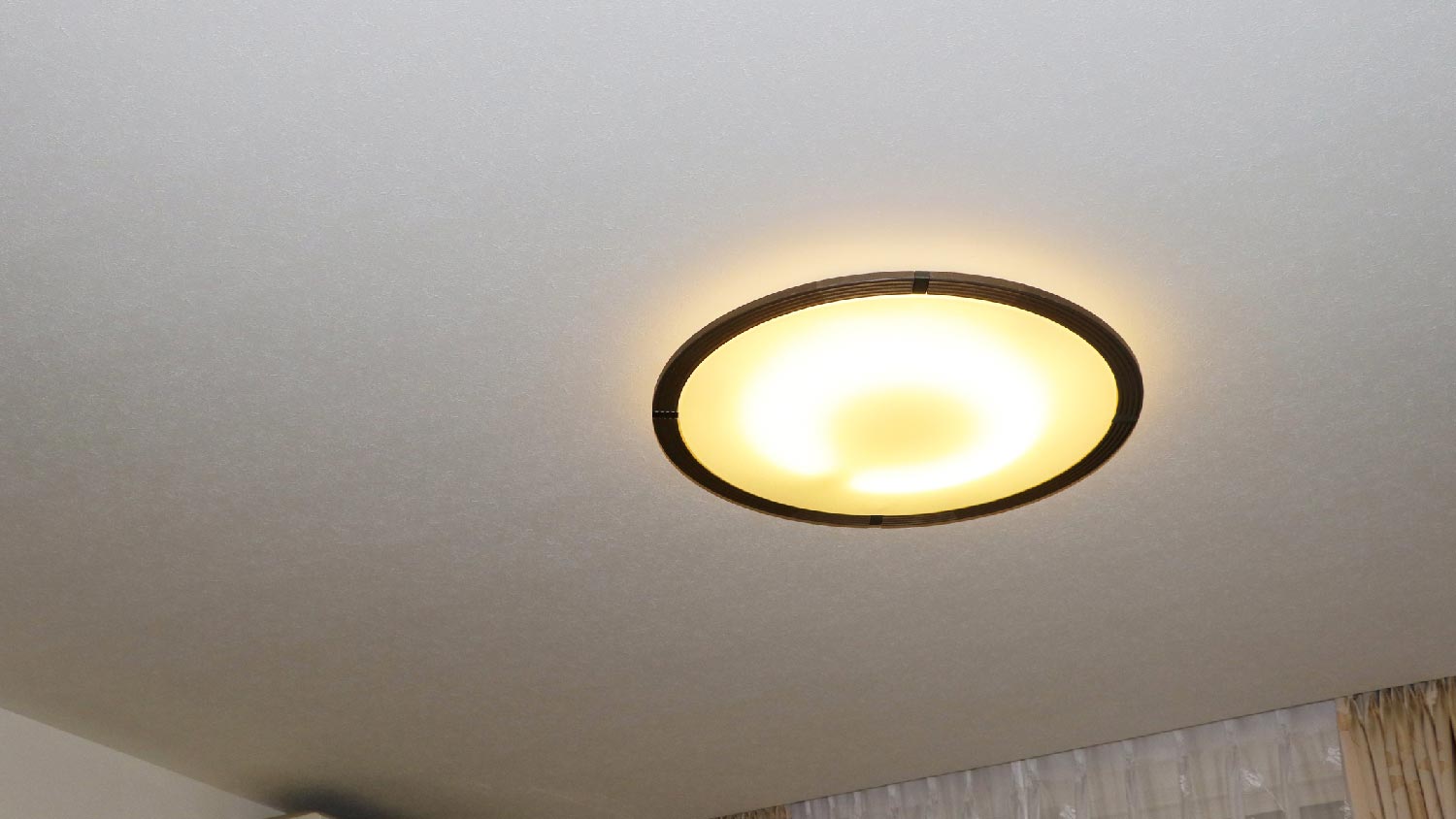
Probably the most common design found across the majority of modern homes, ceiling lights mount directly to the ceiling and have a shade that covers one or more light bulbs. Available in a variety of mounting styles, ceiling lights are generally versatile and understated lighting fixtures that let the rest of the space shine.
Despite the popular plain styles of ceiling lights, you can find many types of ceiling lights with statement designs. Keep in mind that ceiling lights with down-casting may not be ideal for creating ambiance or lighting small spaces. As long as there’s already wiring in place, ceiling lights are relatively easy to install or replace.
| Pros | Cons |
|---|---|
| Versatile | Down-casting light |
| Wide selection | May be distracting |
| Easy installation | May lack personality |
Best For: Basic designs and lighting for living spaces
2. Recessed Lights
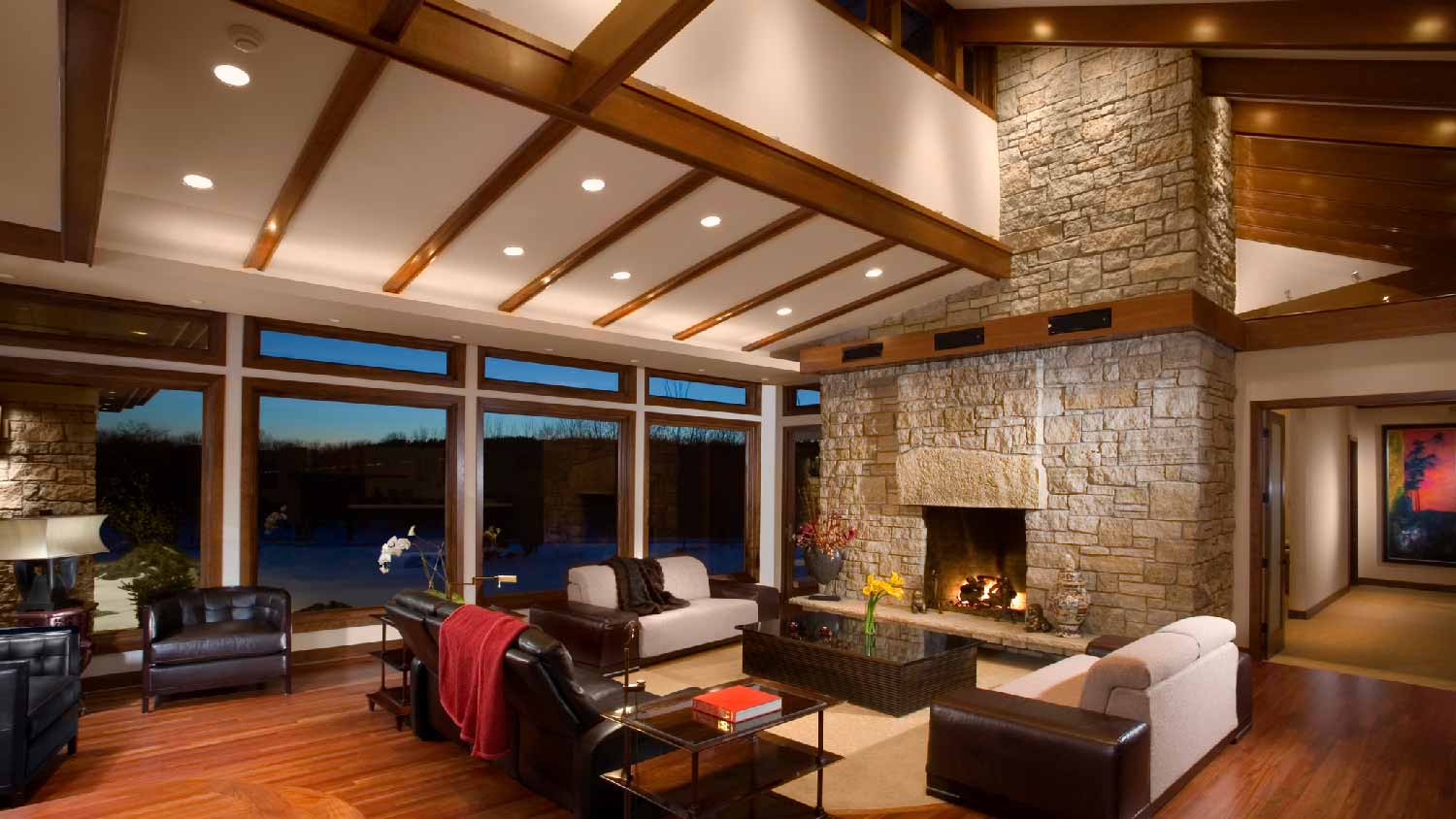
Depending on the type of recessed lighting, these fixtures are installed to be flush or nearly flush with the ceiling. With just the trim of the fixture visible, recessed lighting blends in and can evenly distribute light with an understated, modern, and inviting effect that doesn’t distract your eyes from the rest of the room.
If you don’t already have your ceiling setup for recessed lighting, installation can be a bit complex. Installing new recessed lighting fixtures generally requires rewiring, cutting into the ceiling, and removing some of the insulation. Since recessed lights require a hole in the ceiling, there’s a chance they could leak in drafts from outside. There’s the size of your room to consider, too—if it’s a large space, you’ll need multiple lights.
| Pros | Cons |
|---|---|
| Modern appearance | May leak air |
| Ambient lighting | Complex installation |
| Energy efficient | Several required |
Best For: Any area where you prefer modern and subtle overhead lighting
3. Track Lights
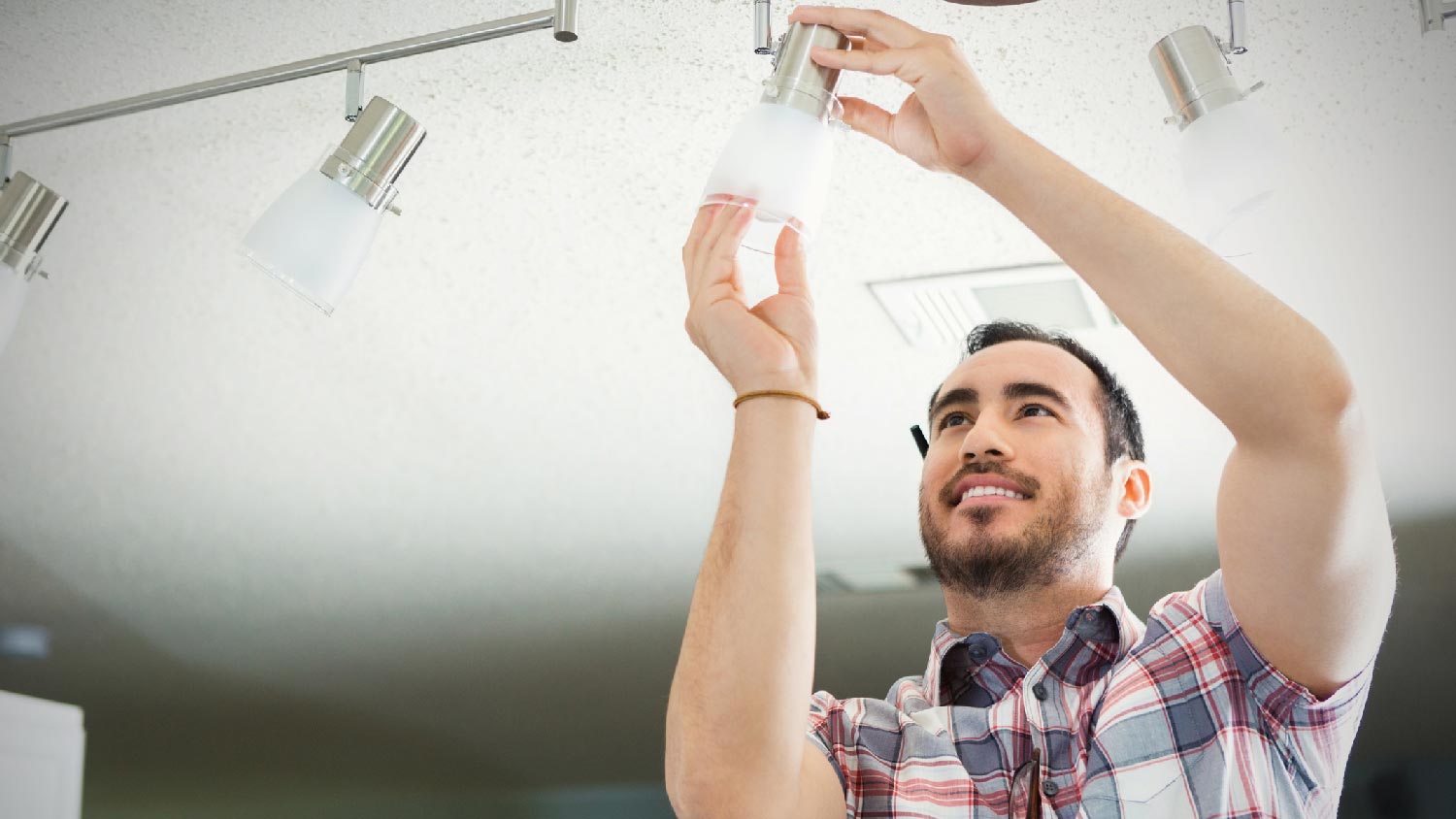
There are a few different types of track lighting, but the term generally refers to any lighting that uses a ceiling-mounted track or rail to provide power to its support light fixtures. Since the entire track provides power, each fixture can be moved anywhere they’re needed along the track. In combination with tilting or rotating fixtures, track lighting allows you to cast light wherever you need it within the given space.
Track lighting varies in terms of how low the track hangs and the type of shade, but a modern style is the main characteristic of this type of fixture. It pairs well with modern and contemporary styles but might clash with more formal or traditional aesthetics. Besides adjusting the position of each fixture, there’s limited customization in terms of swapping shades or light bulbs.
| Pros | Cons |
|---|---|
| Adjustable fixtures | Not for low ceilings |
| Modern look | Collect dust easily |
| Range of designs | Styles may clash |
Best For: Illuminating specific spots and creating dramatic effects
4. Pendant Lights
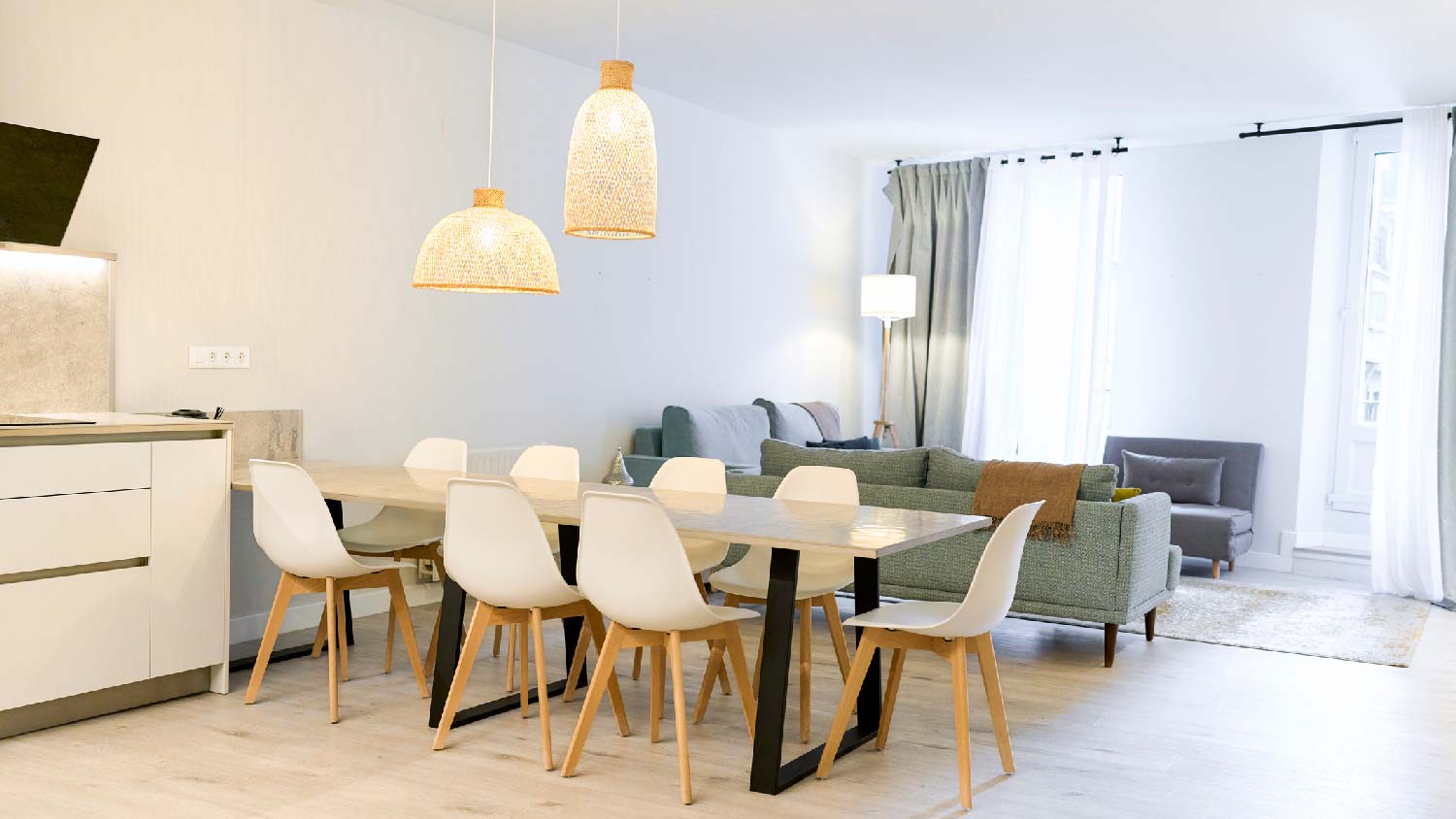
Pendant lights are technically ceiling lights since they’re generally mounted the same way, but they have a few distinct differences. Depending on the type of pendant lights, they typically hang by a chain, cord, or rod from the ceiling and range from simple to statement.
On their own, pendant lights can add indirect and medium-range lighting over a dining table, countertop, or other location. They don’t usually provide enough brightness to light an entire room, but you can also arrange multiple pendant lights for better and more even lighting. Similarly to standard ceiling lights, pendant lights can be difficult to install if there’s not already wiring in place.
| Pros | Cons |
|---|---|
| Good for small areas | Limited range |
| Versatility | Hard to clean |
| Variety of styles | Tricky installation |
Best For: Small spaces and concentrated lighting
5. Chandeliers
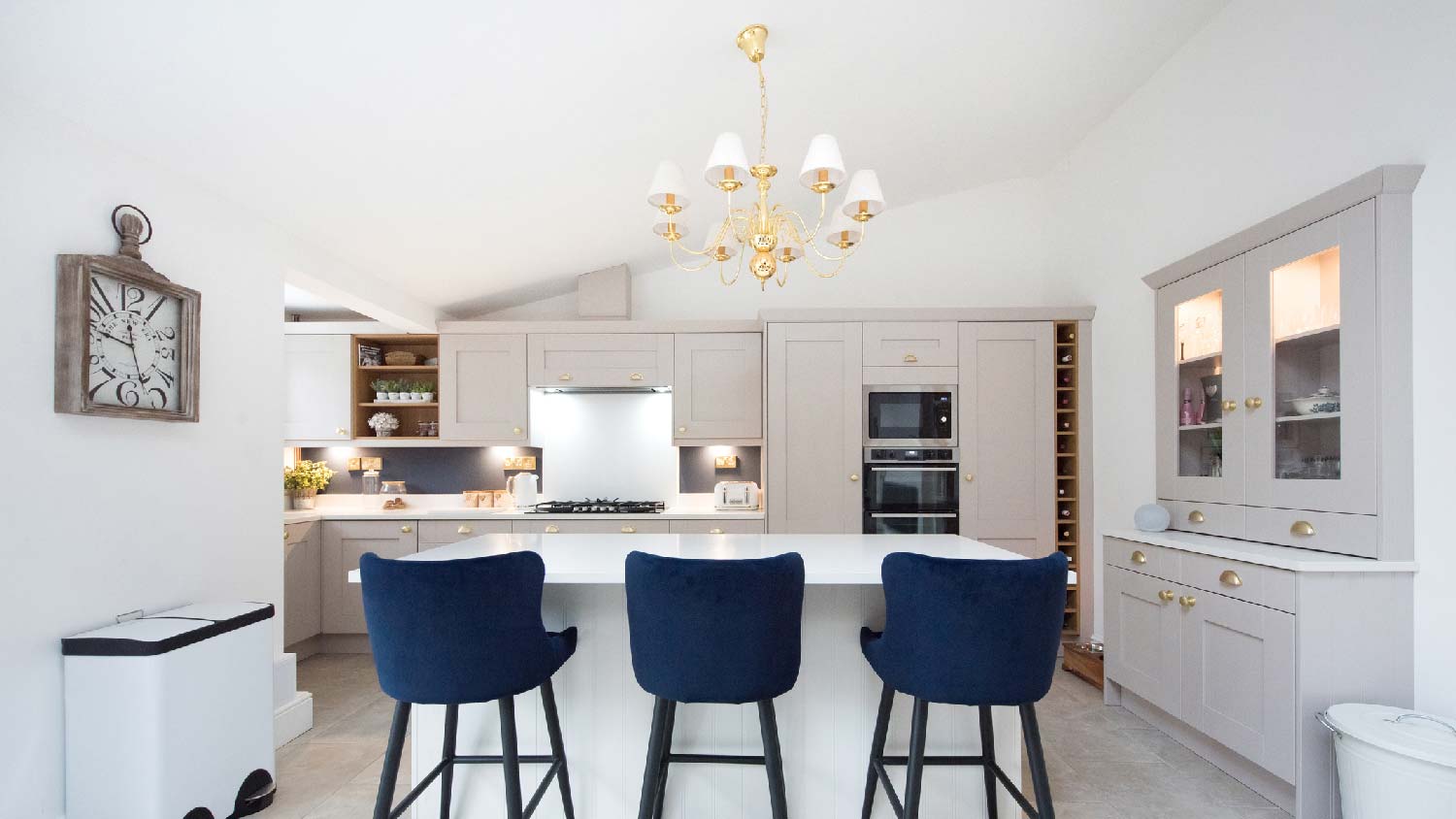
Like regular ceiling and pendant lights, chandeliers hang from a standard ceiling mount. However, chandeliers typically feature much more ornamental details that are meant to draw attention and accent the space.
Depending on the size and type of chandelier and the style of shades, chandeliers can light up an entire room or just a focused space. Chandeliers cast wider light than pendants, but they’re not well suited to small spaces. Depending on the size and style of the fixture as well as if there’s already wiring present, chandeliers can be tough to install and may require a professional electrician.
| Pros | Cons |
|---|---|
| Elegant look | May be more costly |
| Lights entire rooms | Hard to clean |
| Variety of styles | Tricky installation |
Best For: Centerpiece lighting and illuminating living, dining, and kitchen spaces
6. Fluorescent Lights
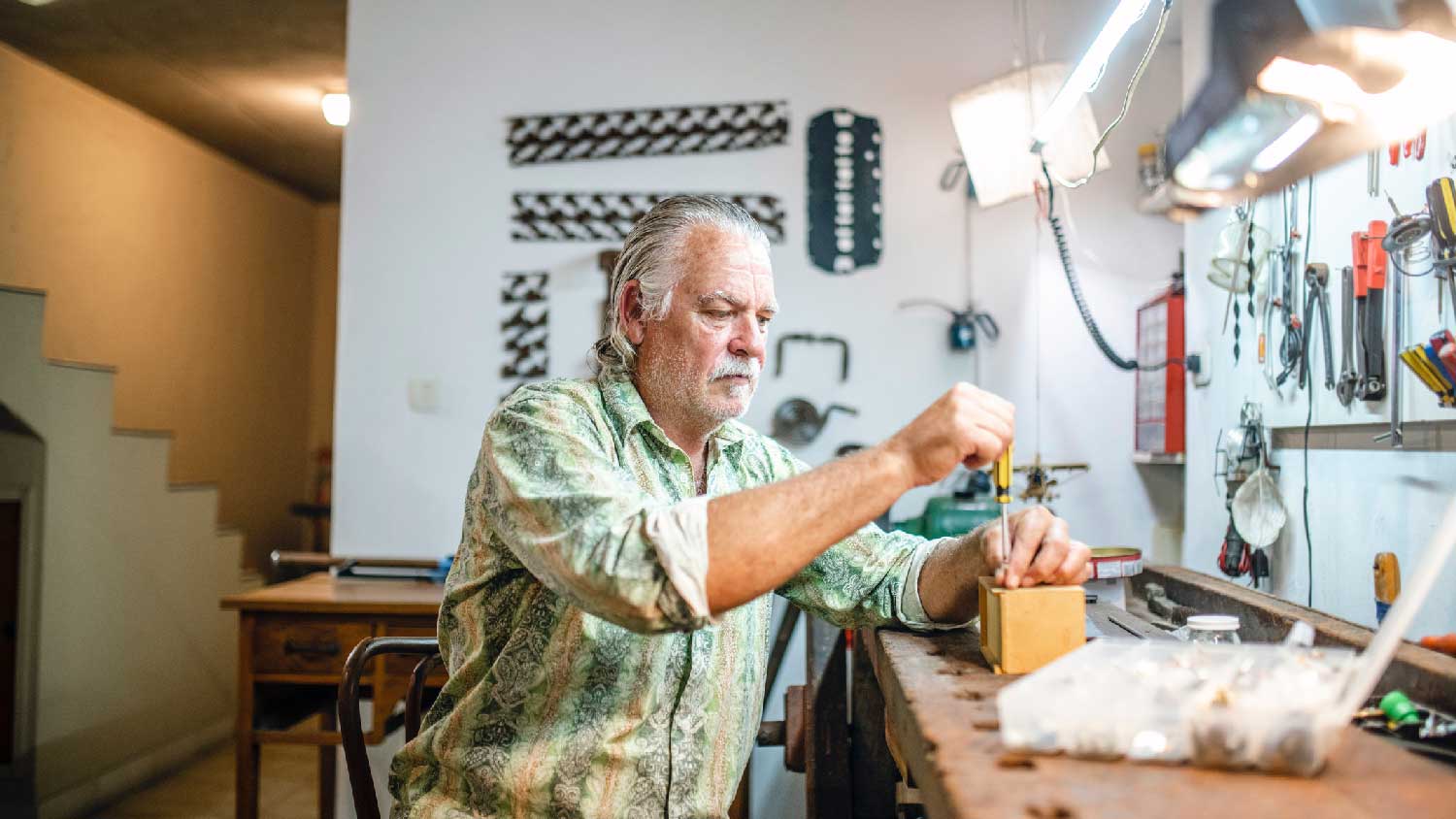
Fluorescent lights are a versatile light fixture option that’s known for energy efficiency compared to conventional incandescent and halogen options. Most often installed as linear, bent, or circline tubes, fluorescent lights are well suited to garages or workspaces where you need a lot of light for a low energy cost.
For high brightness and efficiency, fluorescent lighting comes with a compromise on aesthetic appeal. When they eventually warm up to full brightness after 30 minutes or so, fluorescent lights can be overly bright in living spaces, create a washed-out and harsh effect, and even emit a low buzzing sound. When they eventually burn out, you’re responsible for properly recycling them.
| Pros | Cons |
|---|---|
| High range | Unappealing effect |
| Energy efficiency | Warm-up period |
| Bright | Buzzing sound |
Best For: Workspaces and energy-conscious households
7. Ceiling Fan Lights
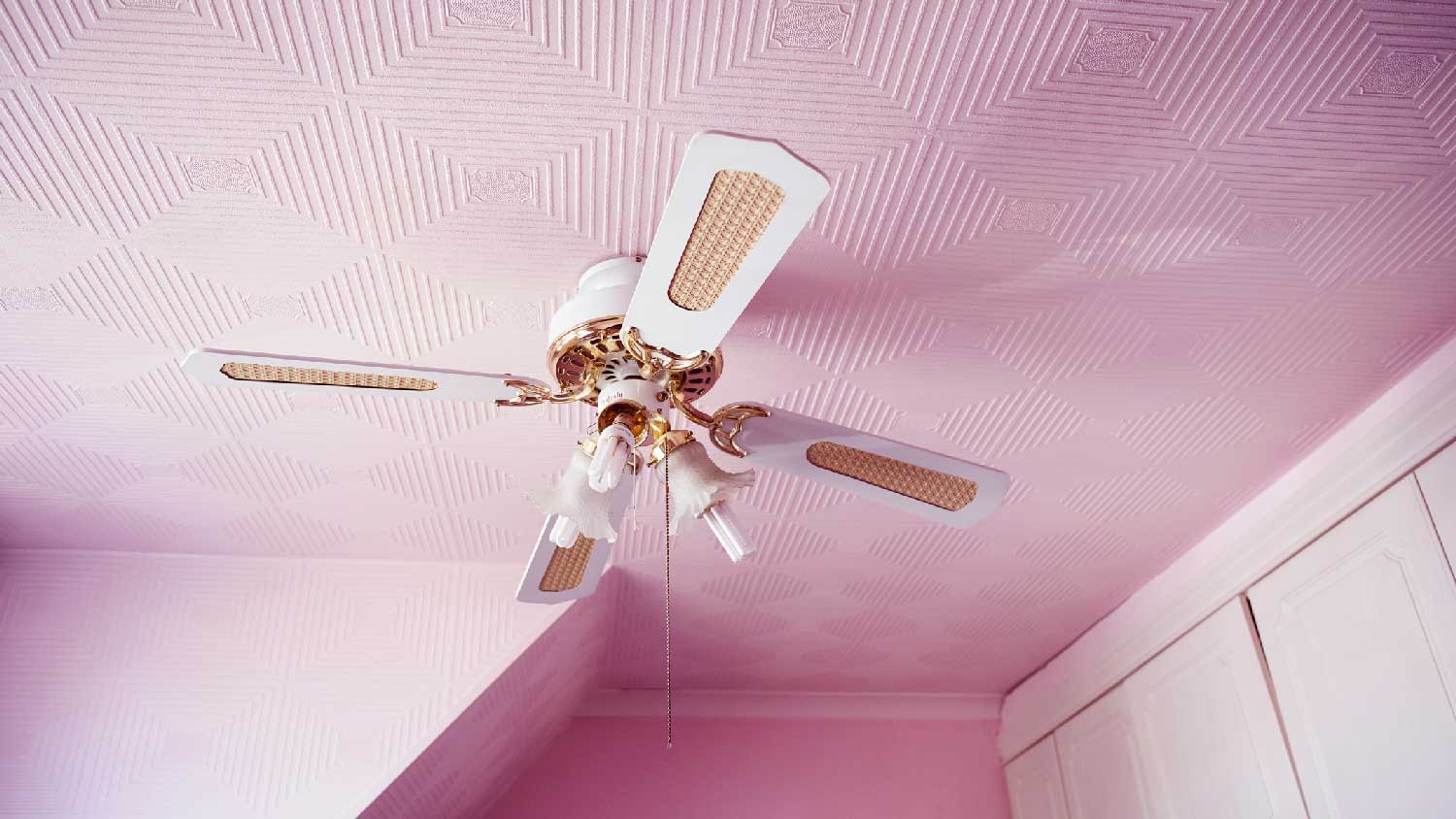
Ceiling fan lights work double-time to illuminate an entire room and help circulate air throughout your home. You can enjoy the refreshing temperature control and other benefits that a ceiling fan offers in a variety of modern, contemporary, and traditional styles.
There are a few drawbacks to consider, such as the added background noise. They also require a bit more upkeep and cleaning. Like other ceiling-mounted lights, the cost to install a ceiling fan light may be more expensive if there’s rewiring involved.
| Pros | Cons |
|---|---|
| Energy efficient | Tougher to clean |
| Versatility | More expensive |
| Variety of styles | Background noise |
Best For: Large rooms and rooms needing energy-efficient air circulation
8. Under Cabinet Lights
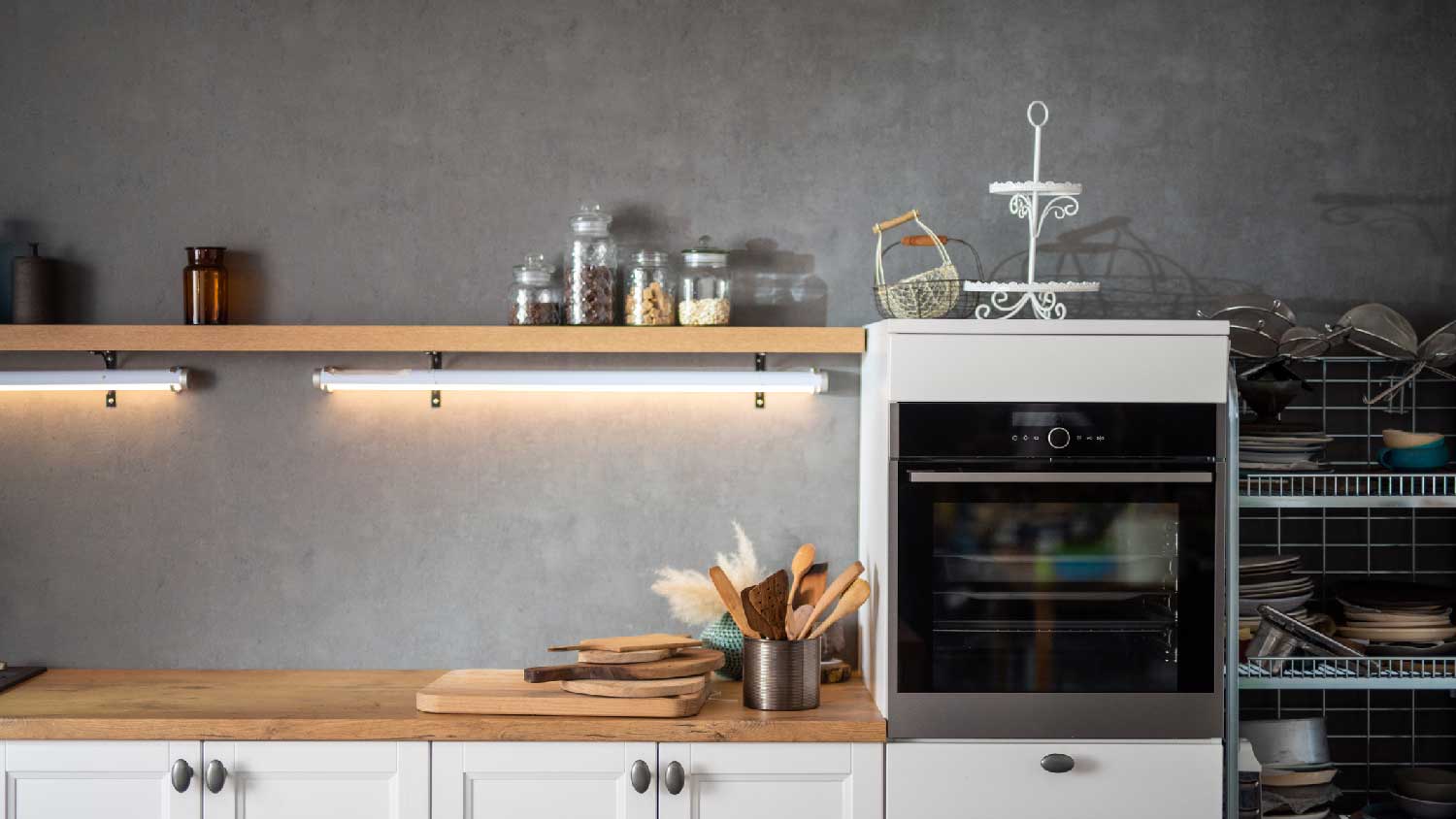
As the name suggests, under cabinet lights are typically installed under a cabinet. This gives you light in places that overhead or other lights may struggle to reach, which is why they’re often used to light cabinet interiors or kitchen counters. Under cabinet lights are relatively easy to install and aesthetically pleasing, and they come in a few different styles, with the most common being puck, bar, and strip lights.
While under cabinet lights can illuminate your food prep areas and backsplash, they can likewise become dirty quickly from various splashes and splatters. Some models require batteries that you’ll have to replace periodically, and others may have wiring that’s unappealing or hard to disguise.
| Pros | Cons |
|---|---|
| Focused lighting | Battery-powered |
| Easy installation | Uneven lighting |
| Appealing accent | Easily attract dirt |
Best For: Illuminating otherwise hard-to-light spaces, such as cabinet interiors or countertops
9. Table and Floor Lamps

As standalone light fixtures, table, floor, and desk lamps are portable lighting solutions that provide a range of localized lighting. Installation generally requires no more than plugging it into an outlet. Swapping lamps out with different styles can immediately change the style of your space. Some lights are mainly for function, such as floor lamps that can light up a whole corner, while others have decorative shades that diffuse light.
While lamps can add a stylish accent, they also take up space and can be less convenient in small or awkward spaces. Decorative or high-end lamps can also easily get expensive relative to the amount of light they provide.
| Pros | Cons |
|---|---|
| Portable | Take up floor space |
| Decor accents | Unappealing cords |
| Variety of styles | May be expensive |
Best For: Creating indirect, decorative, or focal lighting and adding functional lighting to dark spaces
10. Sconces
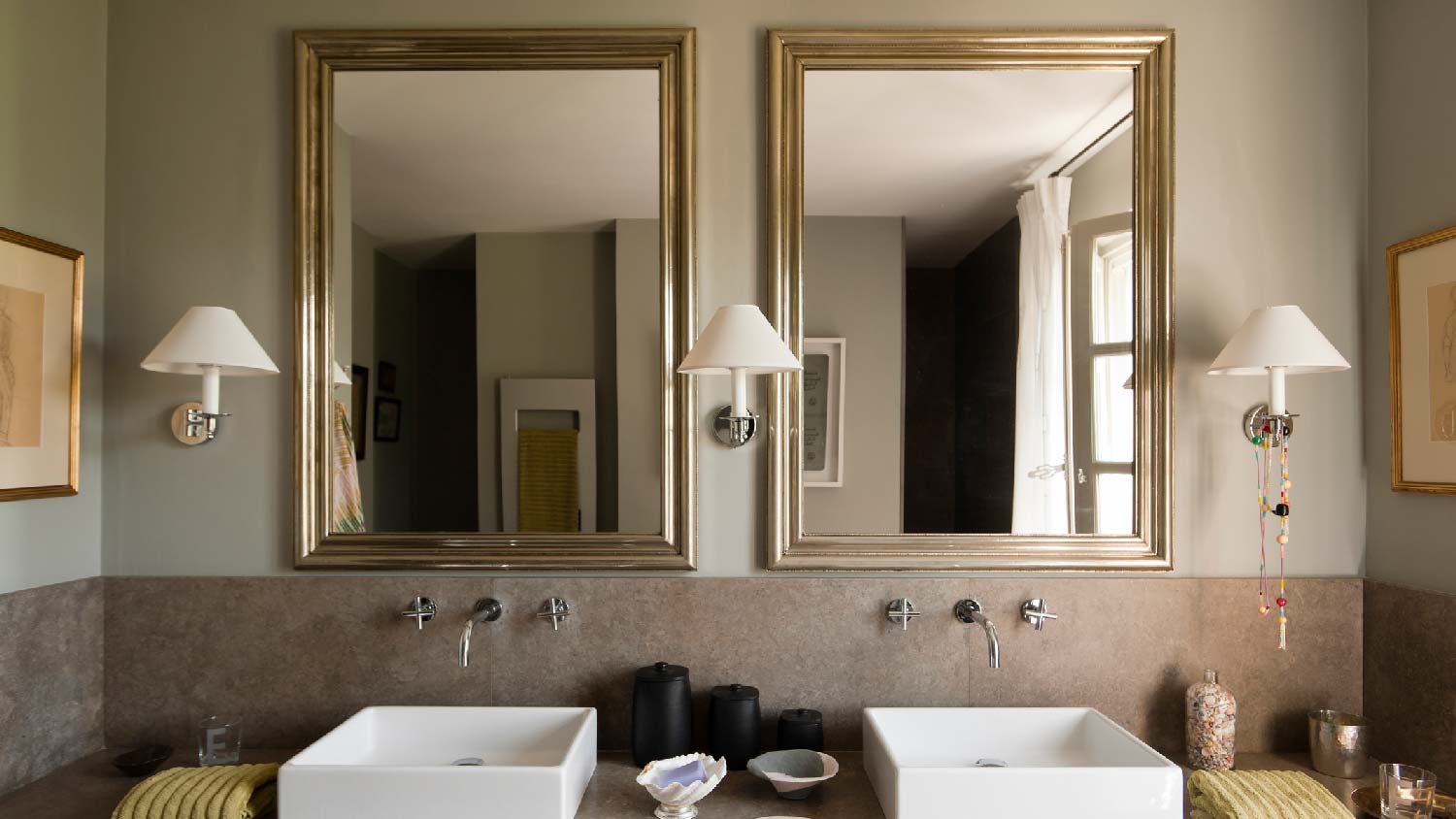
Sconces are wall-mounted light fixtures that are most commonly found in hallways, dining rooms, and bathrooms. With a small footprint, a variety of decorative designs, and different levels of diffusing shades, the various types of sconces are well-suited to almost anywhere in your home. Most sconces need to be hard-wired in for a clutter-free look, but some are available with a plug-in cord or battery power.
Although sconces can light up certain areas and add decorative accents, the lighting range is limited to small spaces. For example, you could use multiple sconces along a single wall in a larger room, but the effect will likely be dim and uneven lighting.
| Pros | Cons |
|---|---|
| Decorative effect | Small lighting range |
| Focused lighting | May require wiring |
| Low footprint | Uneven lighting |
Best For: Illuminating small spaces and adding ambient lighting
11. Outdoor Lighting
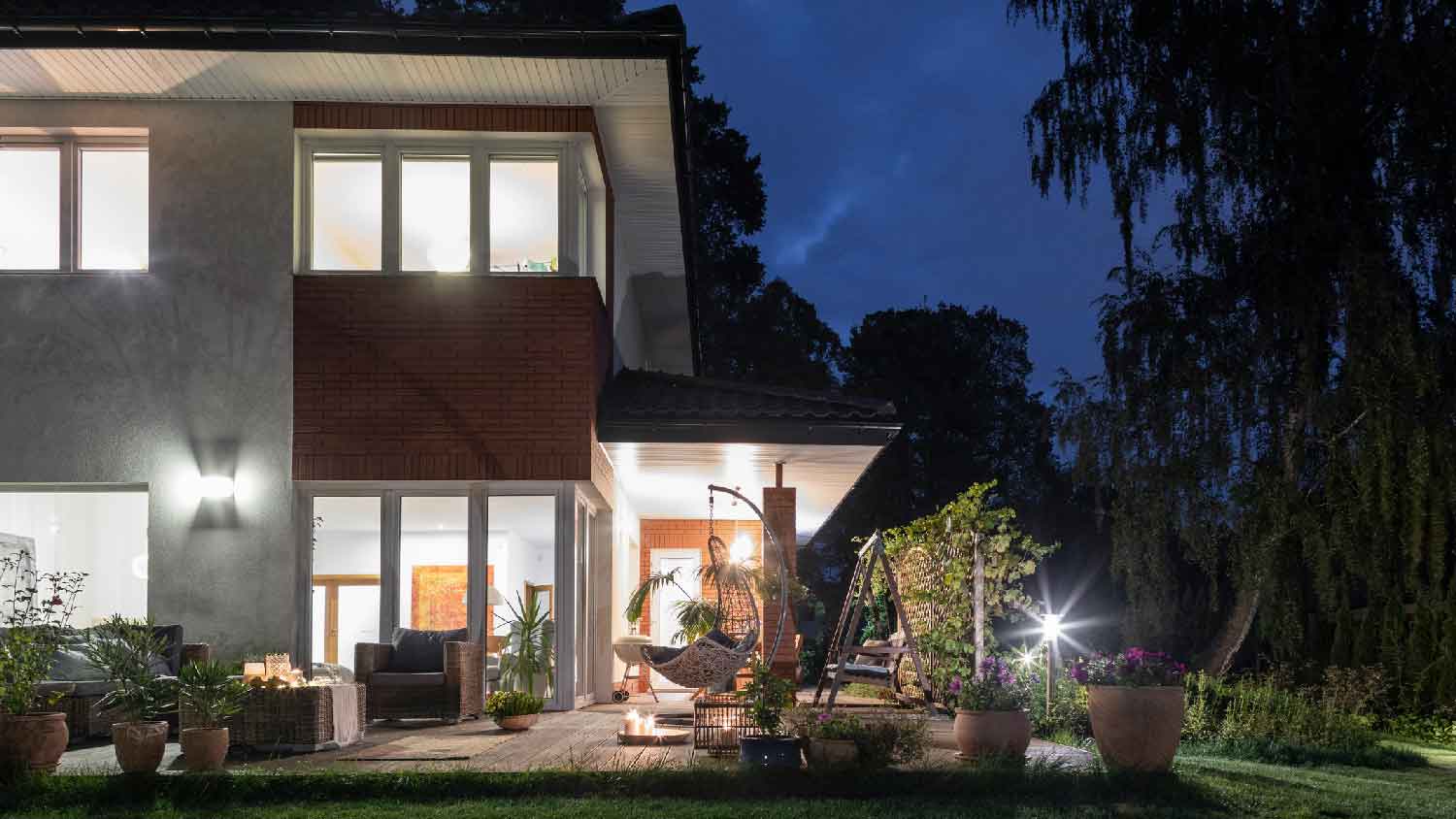
Outdoor lighting has a range of purposes and can likewise take a variety of forms. Most homes feature low lighting throughout the outdoor space for safety purposes, so you and your guests can see where you’re going and avoid hazards. Lighting also helps deter intruders from your property and provides a reflective effect that keeps people from seeing inside your home easily. It’s not all for function, however—outdoor lighting such as sconces, post lights, and path lighting can also elevate your home’s aesthetic and boost curb appeal.
While outdoor lighting is generally considered essential, powerful lighting can come with higher energy bills. Landscape lighting can also be highly ornamental and carry a relatively high upfront cost. Since these lights are outside and exposed to the elements, they’ll need to be cleaned regularly to maintain their brightness and appeal.
| Pros | Cons |
|---|---|
| Security | Higher energy cost |
| Safety | Extra cleaning |
| Desirable aesthetic | Higher upfront cost |
Best For: Improving home security and safety and upgrading outdoor decor
12. Accent Lighting
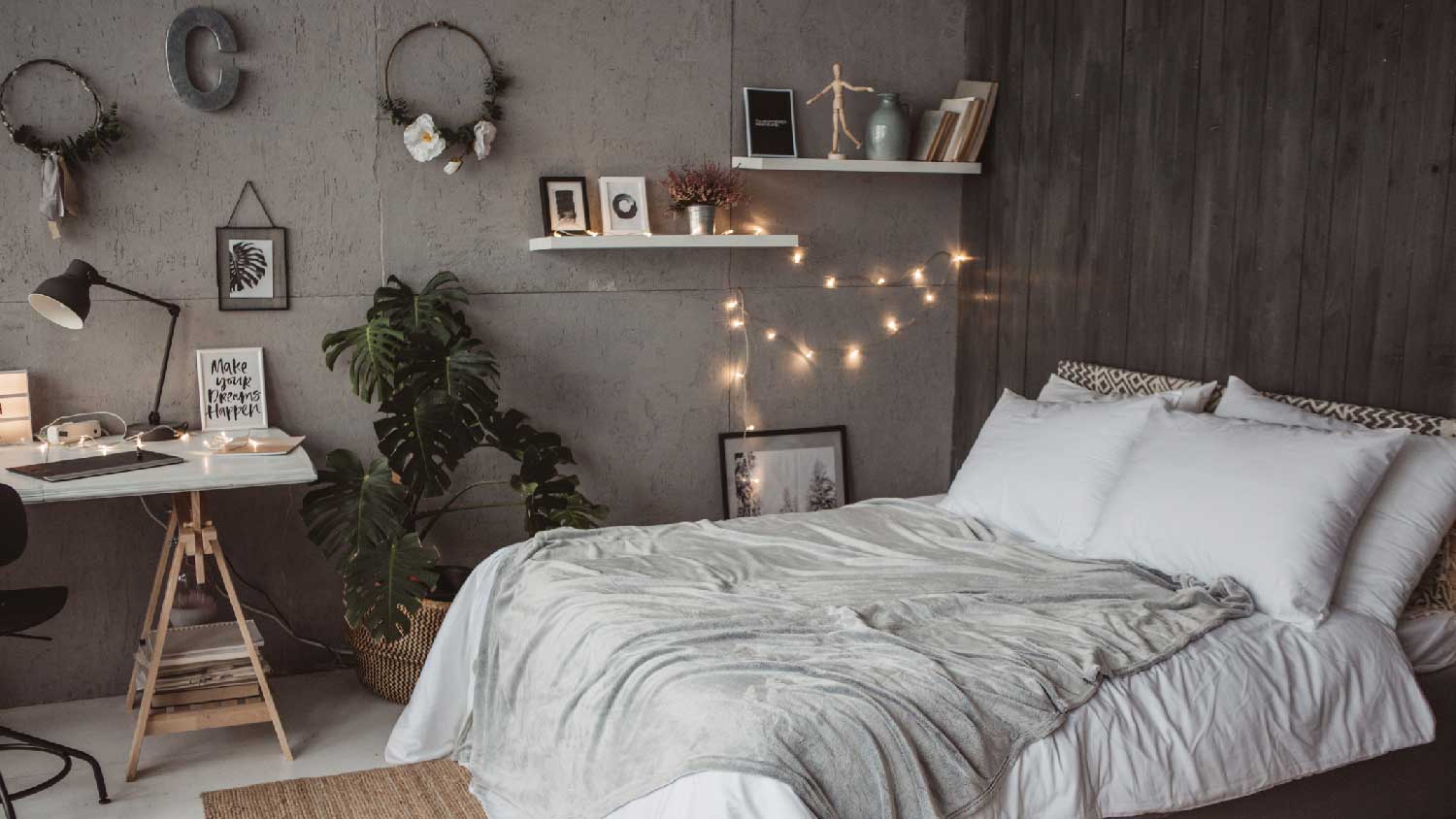
Some fixtures aren’t so much lighting as they are decorative accents. Whether it’s a string of fairy lights, a neon-lit sign, or light-integrated sculptures, the purpose of these fixtures is to add to the overall decor of the space. Adding accent lighting to various spaces throughout your home can make it feel more inviting and stylish. Some accent lighting may require mounting, wiring, or other installation effort, but most require little to no installation.
Even if the design features lots of lighting, accent lighting fixtures generally can’t be relied upon for a functional amount of light and are relatively dim and low-range, which makes the added energy cost hard to swallow. Some accent lighting can also get fairly expensive.
| Pros | Cons |
|---|---|
| Decorative accents | Energy costs |
| Variety of styles | Dim lighting |
| Easy installation | Limited range |
Best For: Upgrading decor and adding statement lighting
Choosing The Right Lighting Type For Your Space
There’s not necessarily a superior overall type of lighting—rather, the best type of lighting depends on a few factors.
Purpose
The type of space and the light’s purpose in that space are the most important factors to consider when choosing a light fixture. Lighting can be mainly functional and meant to illuminate a room or outdoor space, but it can also be used to create a welcoming space with diffused and ambient lighting. Then there’s decorative lighting, which is meant to add visual interest or statement. Your light fixture doesn’t have to serve only one of these purposes, but the main purpose should suit your space.
Room or Space
Assess the overall room that the light fixture is meant for, with attention to these factors:
Type of room: Is it a bedroom, bathroom, kitchen, etc.?
Square footage: Consider how much of a footprint your light can or can’t have.
Ceiling height: Some lights, such as chandeliers, don’t work well with low ceilings.
Style
Even if your light fixture is purely functional, it’s better if it can match the style of your space. For example, sleek recessed lighting can complement a modern or minimalist space, but an ornate pendant light might be a great addition to a traditionally styled dining room.
Installation
Certain types of lighting have much more complex installation requirements and may require a local electrician to handle rewiring and any other relevant work. Make sure you’re prepared for the level of involvement that each light fixture installation requires.
Frequently Asked Questions
The cost to install a light fixture ranges from $155 to $945, and the average cost is $550. Several factors can affect this cost, such as the type of light fixture, your location, and how many lights you need to be installed. The cost will also likely increase if your electrician has to do any wiring or rewiring.
In many cases, installing or replacing a light fixture on your own is a reasonable afternoon DIY job, and you can easily learn how to install a light fixture yourself. If the light fixture requires new switches, cuts into your drywall or ceiling, new wiring, or any other more complex task, it might be worth calling a local contractor who has the right knowledge and expertise.





- The 6 Main Types of Lighting and How To Use Them in Your Home
- How to Choose the Best Types of Kitchen Lighting for Your Home
- How Many Can Lights Per Room? Your Guide to Recessed Lighting for Any Space
- Where To Place Recessed Lighting in the Living Room for the Best Look and Feel
- 15 Dining Room Lighting Ideas to Brighten Your Space
- 20 Deck Lighting Ideas to Brighten Up Your Outdoor Living Space
- Shedding Light on the Best Types of Light Bulbs for Your Space
- Types of LED Light Bulbs—What’s Right for Your Space?
- 12 Whimsical DIY Outdoor LED Lights Ideas for Enchanted Evenings
- 6 Types of Pendant Lights To Consider in Your Lighting Plan










